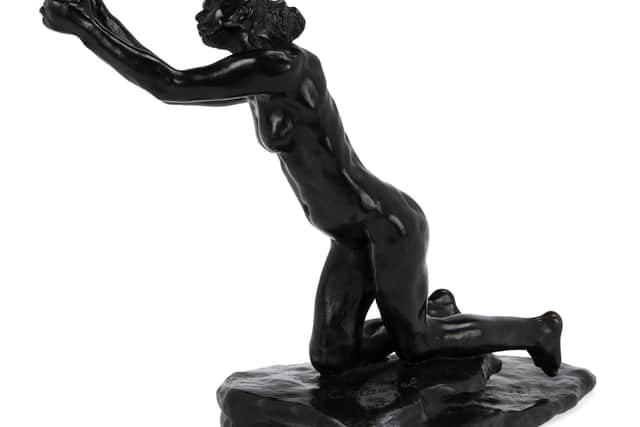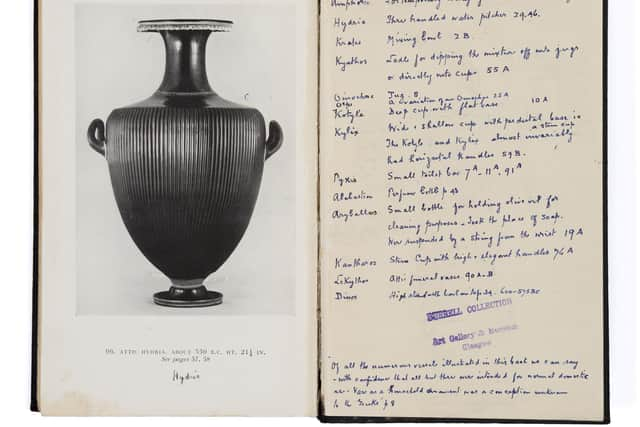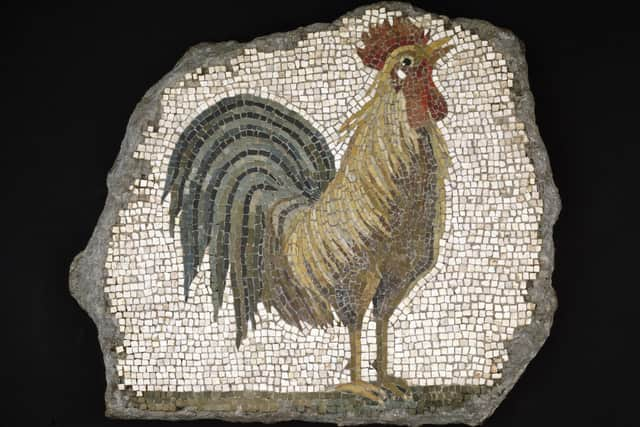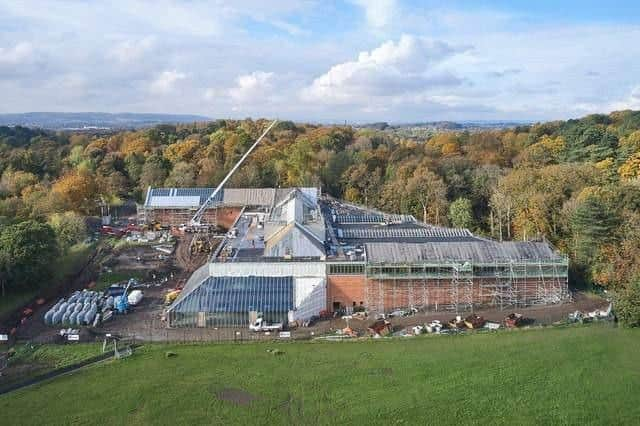First exhibition tells story of Sir William Burrell's astonishing art collection
The Burrells’ Legacy: A Great Gift to Glasgow, which opens on Saturday August 27, charts the collecting and legacy of Sir William Burrell and his wife Constance, Lady Burrell.
The collection was amassed by Sir William Burrell and donated to Glasgow by the shipping magnate and his wife in 1944.
Advertisement
Hide AdAdvertisement
Hide AdThe museum, situated in Glasgow’s Pollok Park, closed to the public in October 2016 and reopened in March this year following a £68.25 million project that increased its gallery space by 35%.


The new exhibition features more than 100 objects which help tell the story of the Burrell’s evolution, from a couple’s private art collection to a civic museum of international significance.
Laura Bauld, Burrell project curator at Glasgow Life Museums, said: “It’s been an absolute joy working on this exhibition. Sir William and Lady Burrell, had a lifelong commitment to collecting, and their generosity in donating their wonderful collection to Glasgow is astounding.
“Their gift has allowed generations of people, just like me, to enjoy breath-taking art from across the world and across time.”
She added: “Burrell was such a thorough, prolific collector, we could have shown so much more.


“I hope people enjoy discovering more about the Burrells and how the world-class museum came to be located in Glasgow.”
Before they decided to make the donation, the Burrells had rarely collected objects from ancient civilisations.
However, once they had committed to giving their collection to Glasgow, Sir William turned his attention to ensuring it was more representative of worldwide history.
Advertisement
Hide AdAdvertisement
Hide AdThe Burrells donated about 6,000 objects in 1944 but by the time they died: Sir William in 1958 and Lady Constance in 1961; they had given about 3000 more.


The exhibition explains Burrell’s renewed focus on this area of collecting and introduces ceramics, jewellery and art from Greece, Egypt, and ancient Mesopotamia as well as Japanese prints and many medieval objects including textiles, tapestries, stained glass and armour.
One of the objects on show is a fragment of a mosaic floor from 100 BC.
Purchased in 1954, it shows a cockerel with golden wings and long green tail feathers, and once decorated the floor of a Roman villa.


For the first time, the Burrell will also show some works the Burrells gifted to the town of Berwick-upon-Tweed.
The family lived in Hutton Castle in the Borders and in 1949 they donated 42 paintings to Berwick, establishing the Berwick Art Gallery.
The exhibition also explores the search for somewhere to build the Burrell Collection and some of the designs for the museum.
Also on show will be Mallard Rising, by Glasgow Boy Joseph Crawhall, and a sculpture by Camille Claudel, which was acquired by the museum in 2021.
Advertisement
Hide AdAdvertisement
Hide AdL’Implorante is the first sculpture by a woman to enter the collection and it is said to be the first public UK collection to acquire a work by French sculptor Claudel.
The exhibition will run until April 16 2023 and admission is free.
Comments
Want to join the conversation? Please or to comment on this article.